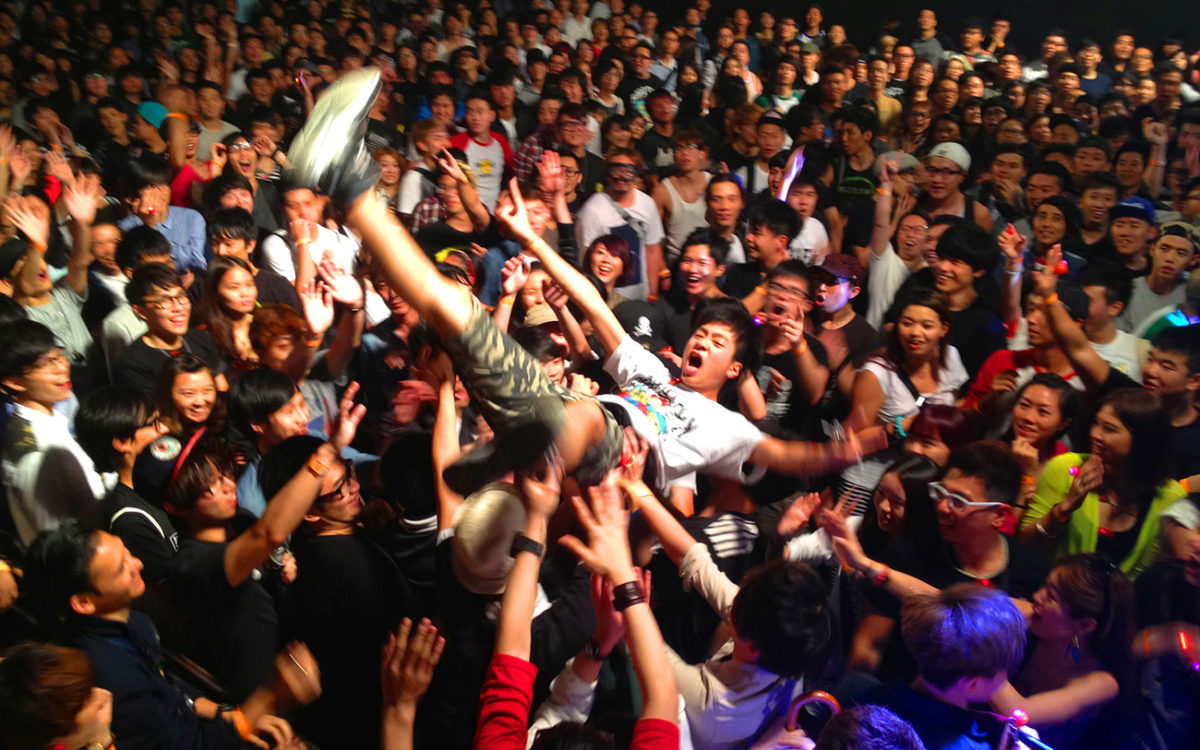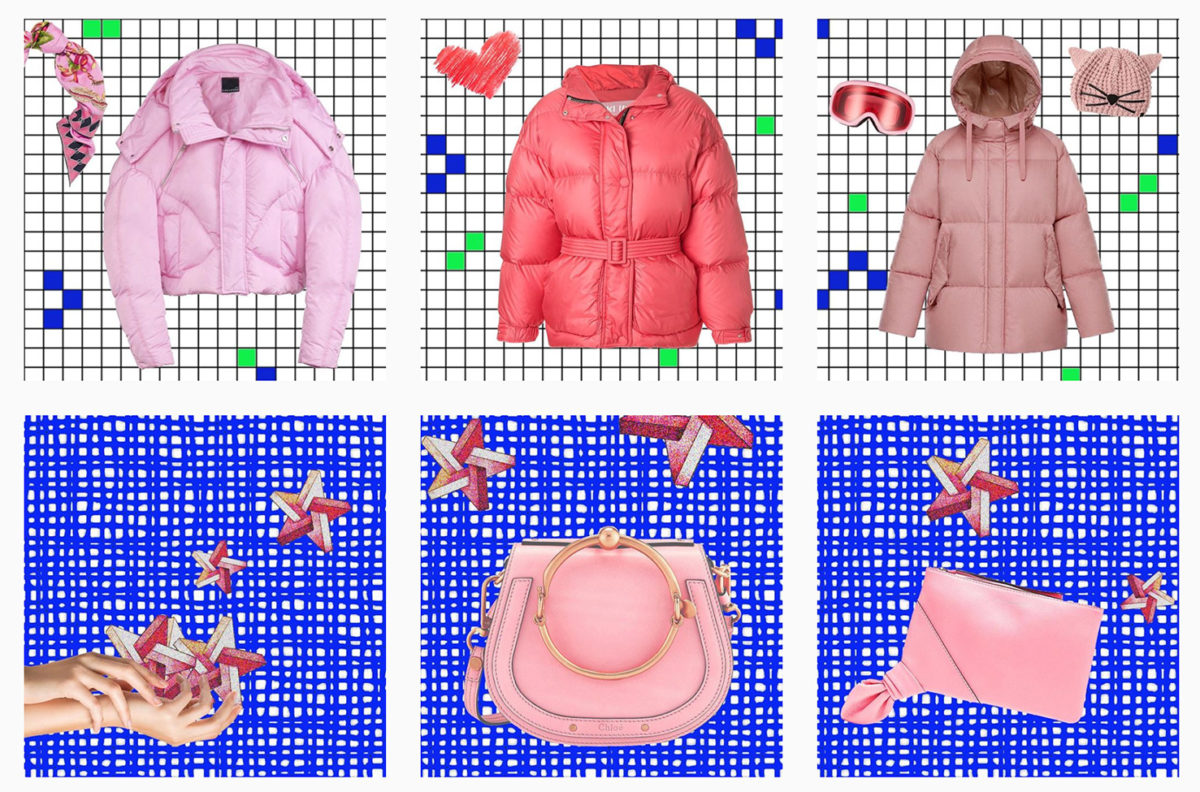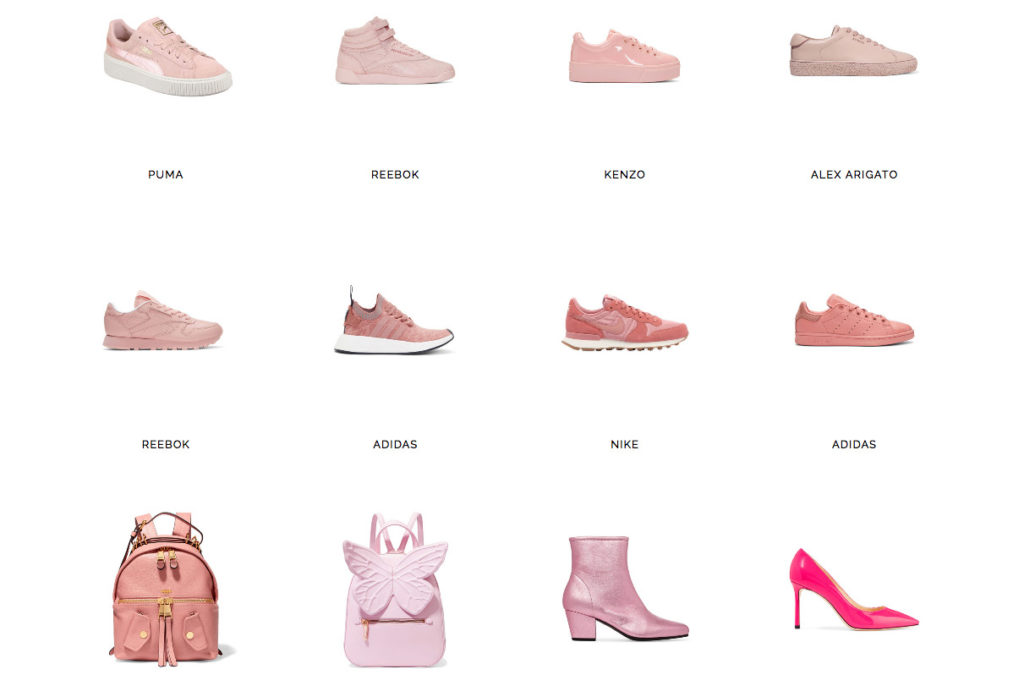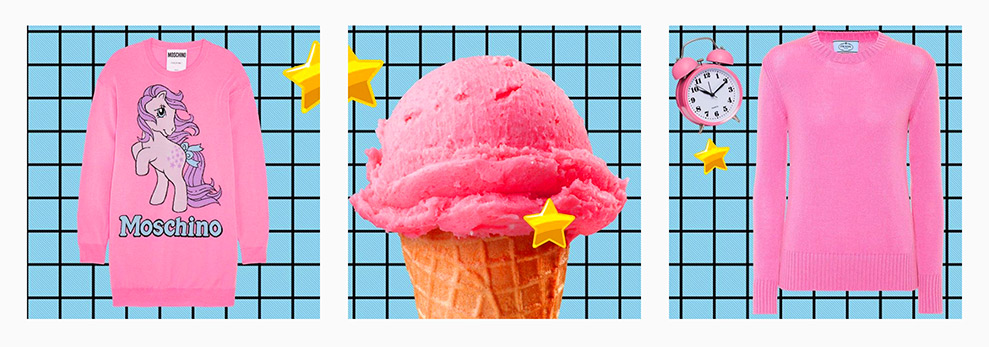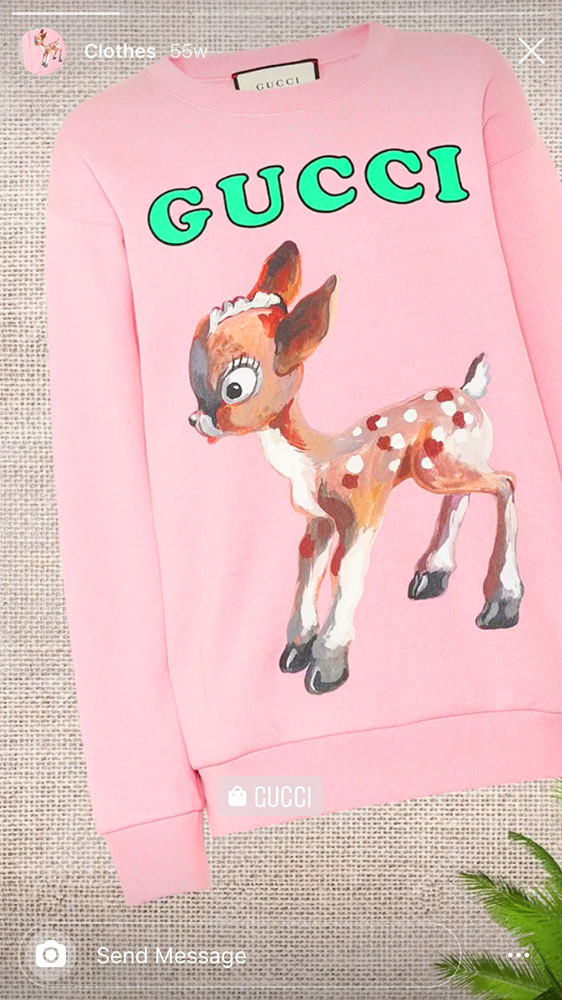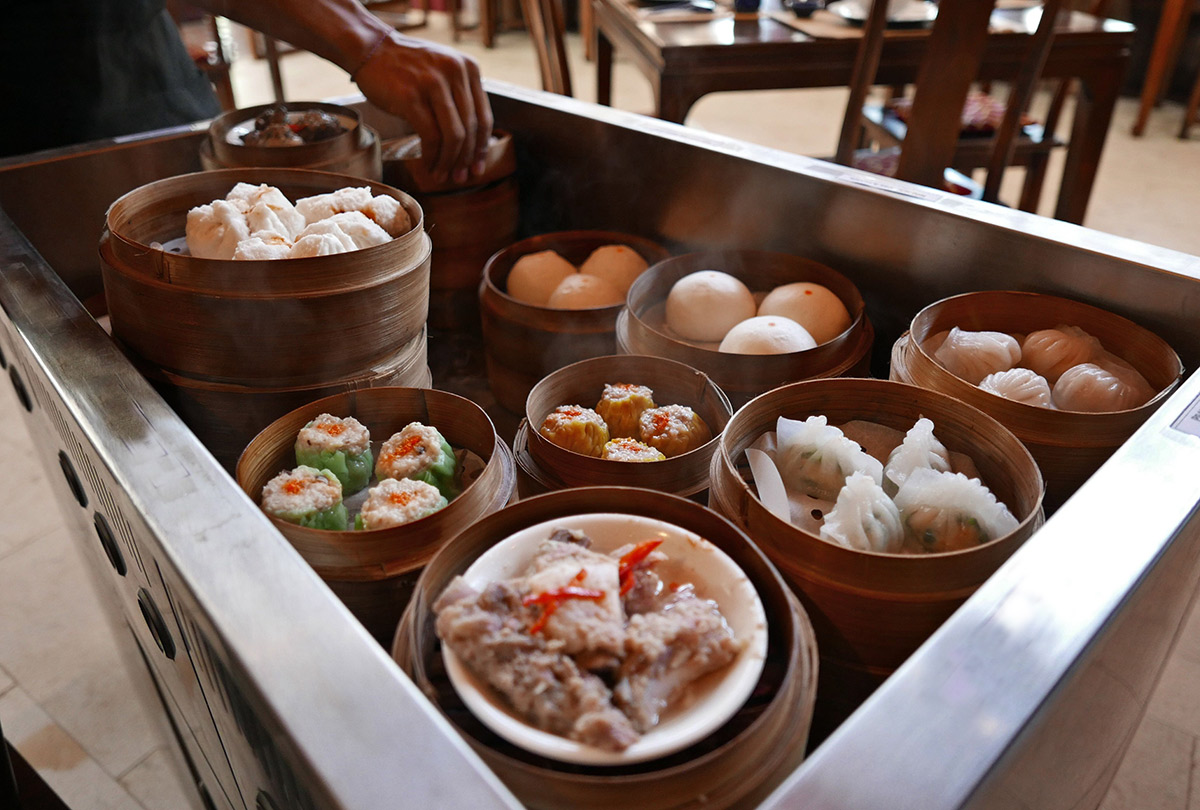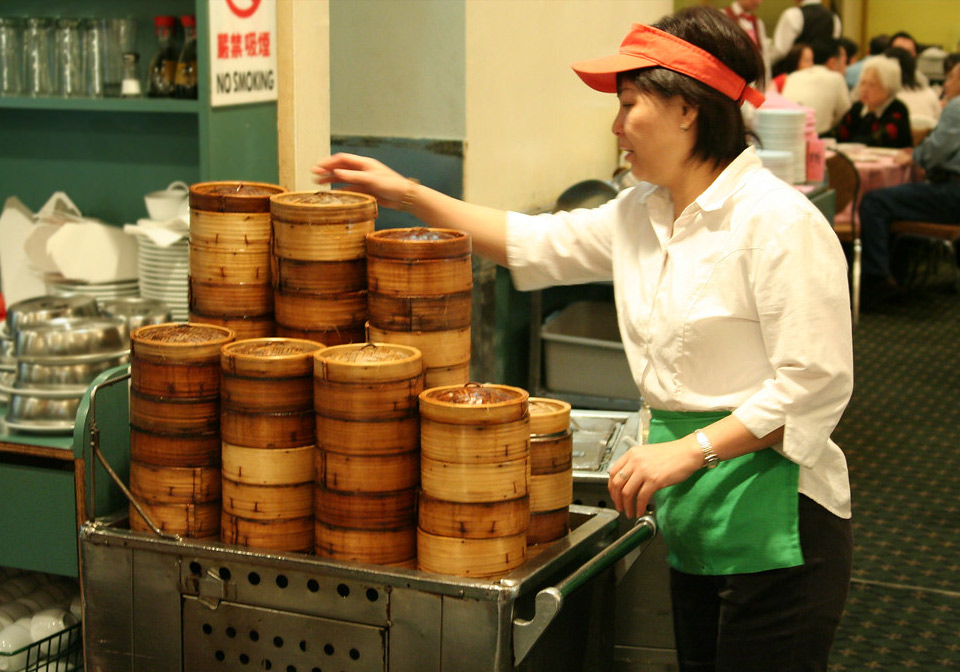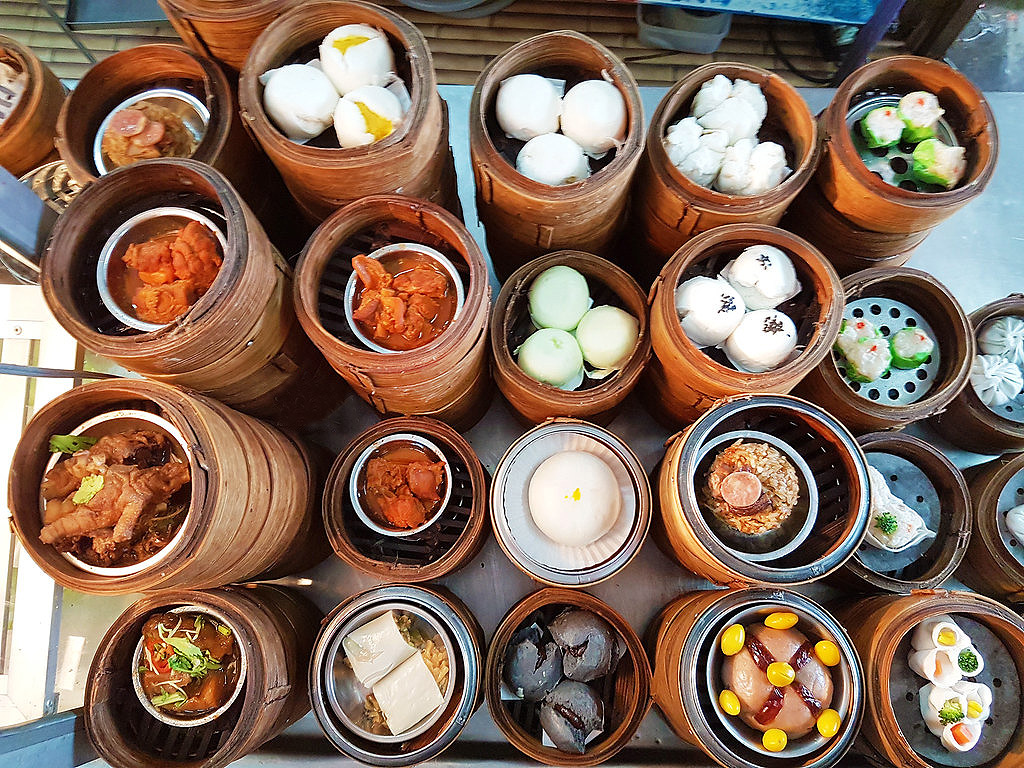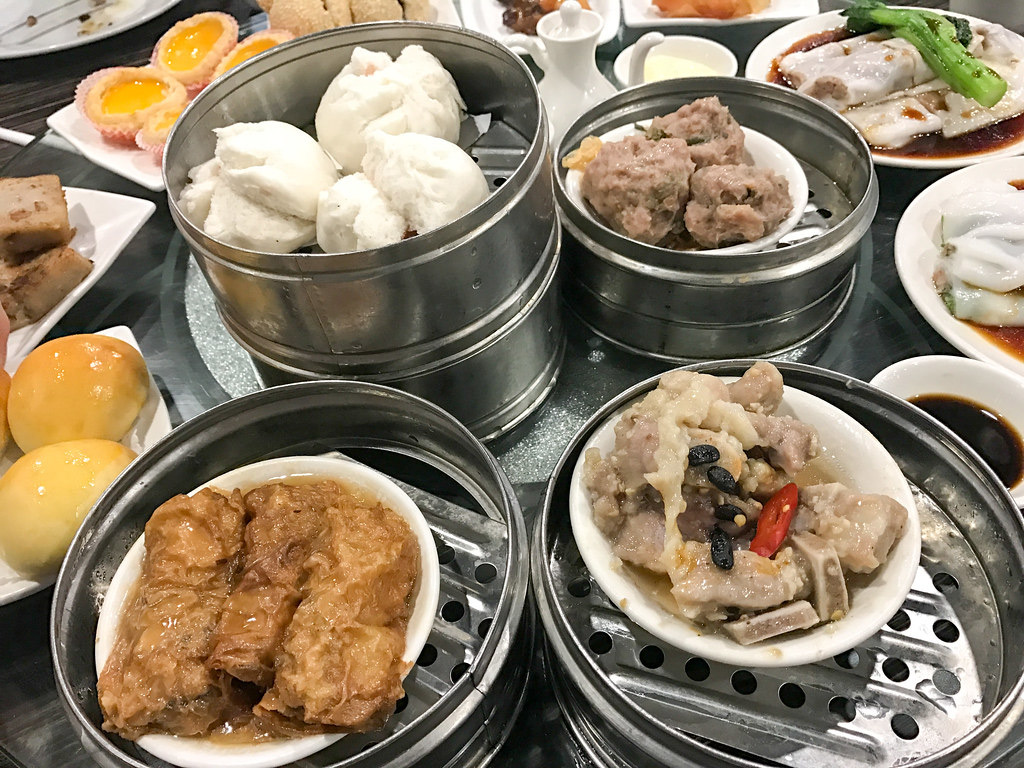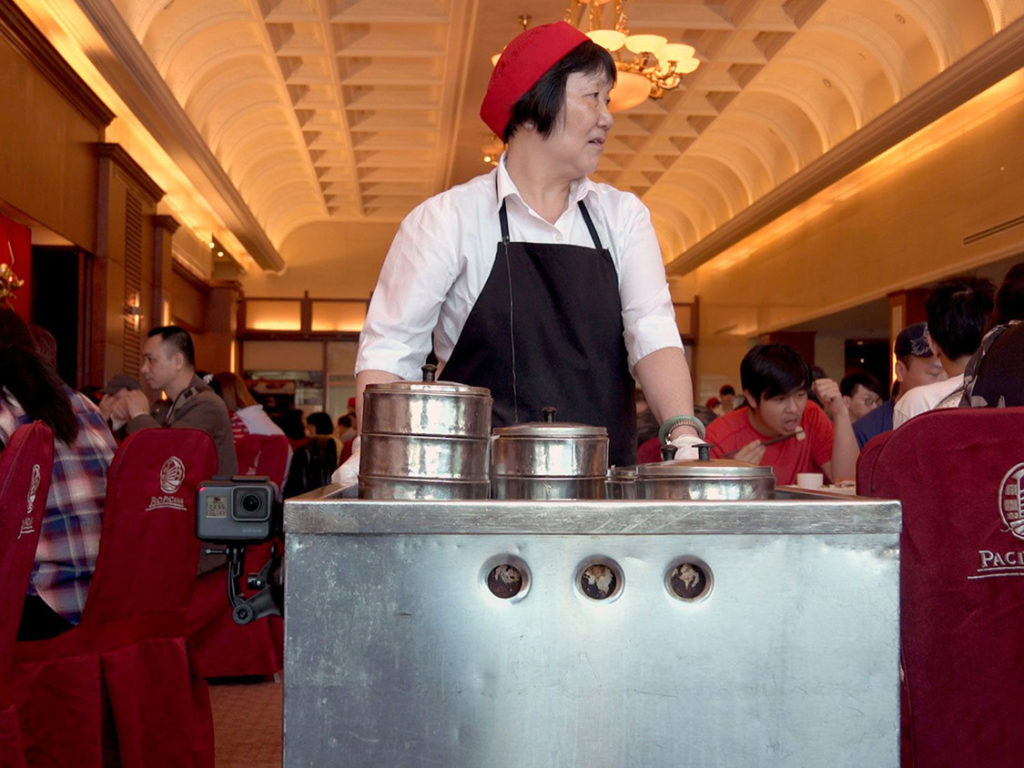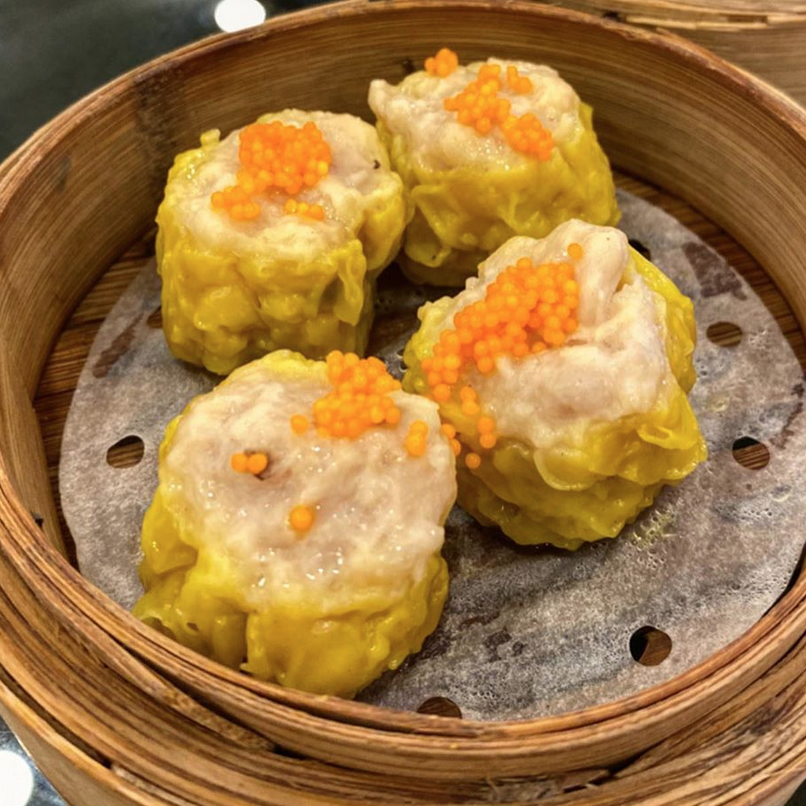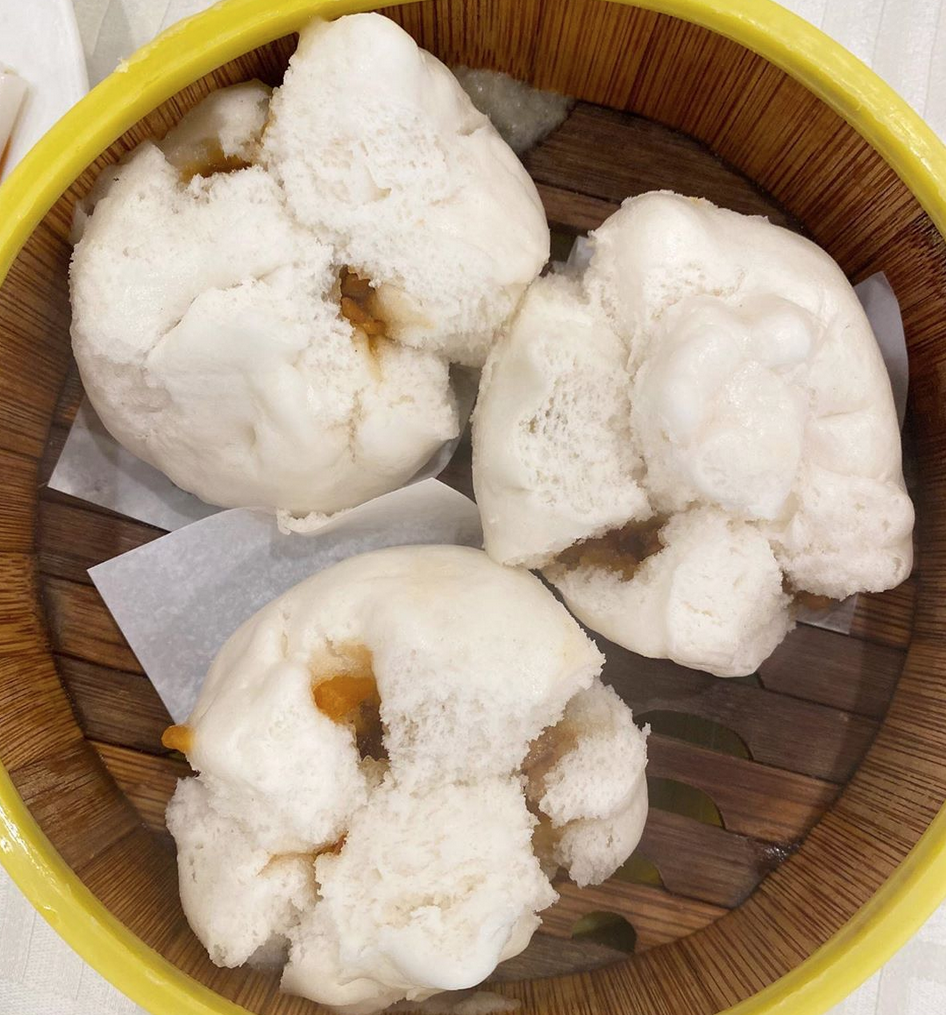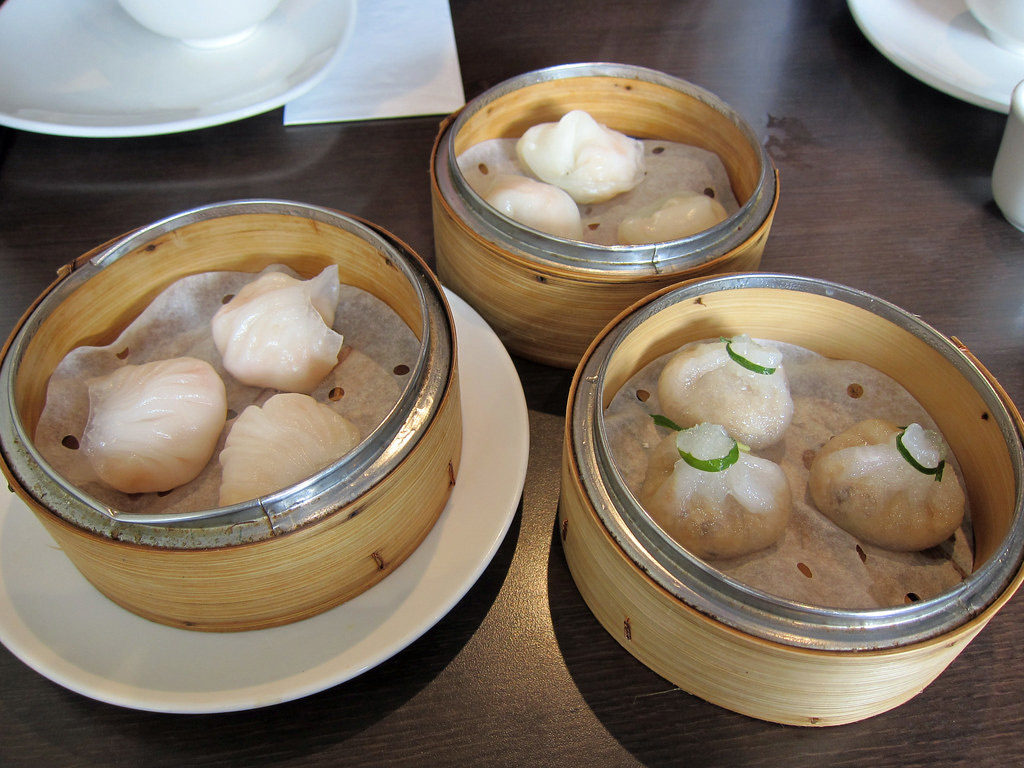At the height of the EDM craze, when DJs were getting over $250,000 dollars for a two-hour set, the world’s number one DJ was scheduled to play in Macau.
The manager for the DJ had a bit of extra time passing through Hong Kong and wanted to explore the city. Known as a local expert, due to my site Hong Kong Hustle, and having a music background myself, the organizer contacted me and asked if I would play tour guide, to which I agreed.
Sitting down for lunch, after a whirlwind trip exploring Kowloon’s wild markets, I happened to ask the manager if they had anyone doing their social media for China. He went into an explanation about how opaque the social media landscape is for foreign artists, and what a challenge it is to gather any actionable insights.
This was the number one DJ in the world, with easily tens of millions of fans in China, and yet, here he was, flying blind with no measurement of his audience to speak of.
The gears in my head immediately began to spin as I thought of a way to turn this problem into an opportunity.
Thinking over the situation, I had several breakthrough insights. The first major issue for foreign music acts in China is that none of their existing social media platforms work.
Imagine trying to promote your music in a country where Spotify, YouTube, Soundcloud, Instagram, Twitter, Facebook, and Snapchat, are all blocked.
A second issue is that China doesn’t have a culture of paying for music. As the country became consumers of international music, it was already in digital format, being downloaded freely. In fact, Baidu, the “Google” of China, owes its early success to being an excellent mp3 search engine!
Music rights in China are weak compared to other territories, and some tiny countries still contribute more revenue to the global music industry then China does, even with its massive population.
So I set about trying to solve this issue, and create a service that would help foreign acts monetize their music in China. The key breakthrough here was, you don’t monetize music, you monetize popularity.
You don’t monetize music, you monetize popularity
With no presence on Chinese social platforms, artists are missing out on their ability to acquire analytics which give them leverage to generate deals and bargaining power. For top stars, this translates into leaving huge sums on the table. After understanding this concept, I put together a plan to create an onramp to help music stars build an official presence on Chinese social media platforms.
The name I came up with for the service was Young & Dangerous, and I picked up the domain name: danger0us.com. Have a look at the site to get more details!

